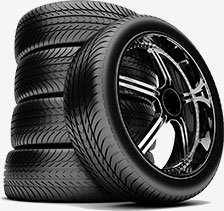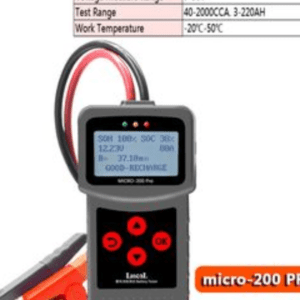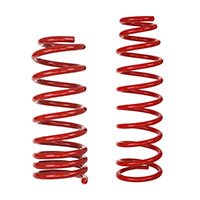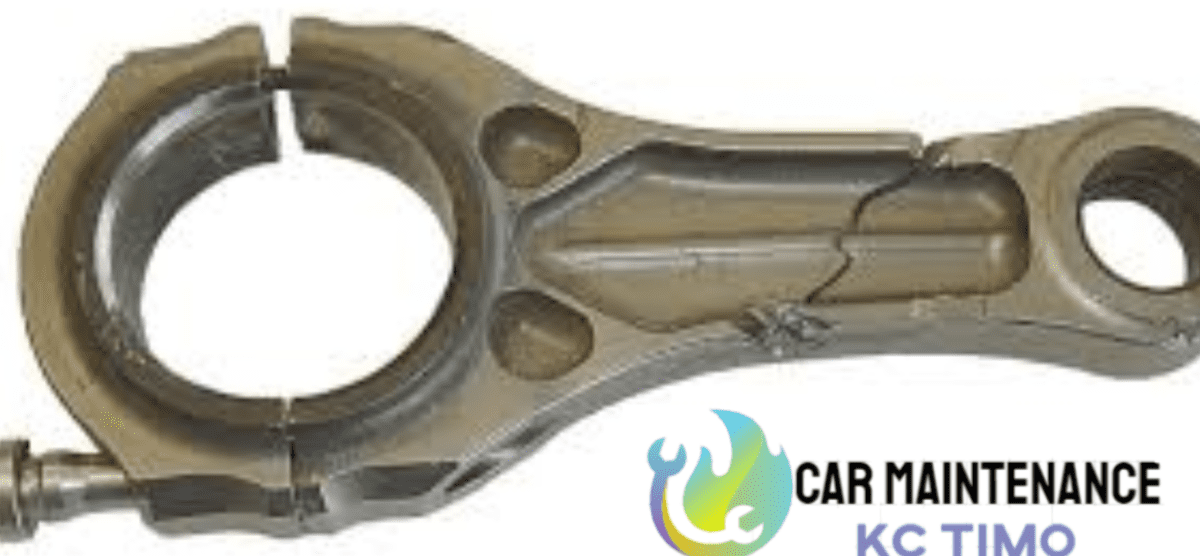Connecting rod failure analysis
Connecting rod failure analysis
Connecting rod failure analysis .To simplify it, a connecting rod is the part of a piston engine that connects the piston to the crankshaft. Working with the crank, the connecting rod converts the reciprocating motion of the piston into the rotation of the crankshaft. This connecting rod is needed to transmit the compressive and tensile forces from the piston, and rotate at both ends.
Note that the predecessor to the connecting rod is a mechanical linkage used by water mills which converts the rotating motion of the water wheel into reciprocating motion.
Some of the most common usage of connecting rods is in internal combustion engines or on steam engines.
Steam Engines
But most steam engines after this are double-acting, which produces force in both directions. This leads to the usage of a connecting rod. This typical arrangement makes use of a large sliding bearing block called a crosshead with the hinge between the piston and the connecting rod placed outside the cylinder.
Note that in a steam locomotive, the cranks are usually mounted directly on the driving wheels. Also, the connecting rod is used between the crankpin on the wheel and the crosshead which connects to the piston rod. Also, note that the equivalent connecting rods on diesel locomotives are called side rods or the coupling rods.
However, on smaller steam locomotives, the connecting rods are usually of rectangular cross-section.
The Internal Combustion Engines
The connecting rod for an internal combustion engine contains the big end rod and the small end. Normally, the big end connects to the crankpin using a plain bearing to reduce its friction. But some smaller engines may instead make use of a rolling-element bearing, in order to avoid the need for a pumped lubrication system.
This helps to lubricate oil squirts out onto the thrust side of the cylinder wall and lubricates the travel of the pistons and piston rings.
The connecting rod can rotate at both ends, this helps the angle between the connecting rod and the piston to change as the rod moves up and down and rotates around the crankshaft.
The Causes Of Failure With A Connecting Rod
The connecting rod is a crucial part of any engine which connects the piston to the crank. Partnering with the crankshaft, it converts the reciprocating motion to rotation motion or the vice.
Without adequate maintenance, the Connecting rods can result in engine damage. However, what causes the rods’ failure remains a mystery to many. Because of this, we present you with a list of possible causes of connecting rod failures and their possible prevention techniques.
Overloading The Rods
Normally, the rods are strong enough to accommodate any extreme performance modifications. It also can handle some of the racing types. But sometimes they have the limits to which they can comfortably handle. However, with an increase in power levels and RPMs, connecting rods will get to the point where they cannot support the job further.
The overloading associates with an extreme racing where the motor makes higher horsepower than required. But the cases of rod failure about overloading are not common.
- Less Lubrication And Heat
Whenever there is a reduced gap between the rod’s bearing and the crankshaft surface, it reduces the amount of film oil space. And as a result, there is an increase in friction that in return generates more heat. And this heat makes the bearing to expand, resulting in the reduction of oil delivery.
But as the temperature increases to the peak, this results in annealing of the bearing towards the journal race. Though this tightens and freezes the bearings against the crankshaft journal. However, to note the overheating, the blue-black marks form on the journals and the bearing. Also, this results in connecting rod failure.
- Elongated Rod Bore
Anytime the rod’s bore elongates more with high RPM, this can distort clearances that exist between the bearings and the shaft. But if the bolt torque does not get proper fixing, it fails to keep the rod in place.
- Bolt Stretch
Whenever you experience tight bearing, it can result in excessive bolt stretch. This means that the final result is the tearing and weakening of available threads in rod cap.

https://kctimoauto.com/product/engine-injector-pump-1hz-4-2-6-cylinder/
HOW TO PREVENT CONNECTING ROD FAILURE
Adopting different strategies is ideal when it comes to preventing connecting rod failure. The first thing is to make use of the aftermarket rod bolts. And these bolts are a bit stronger and have a double tensile strength in comparison to stock rod bolts. Again, they have a wide range of applications.
And secondly, consider upgrading the rods on a regular basis.
Conclusion on connecting rod failure analysis
Today we have been able to share with you some connecting rod failure analysis and causes of rod failure. And by doing this, you reduce the chances of destroying your engine completely.




















